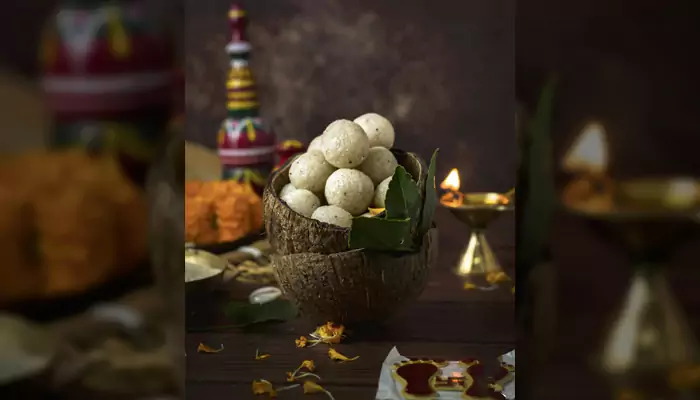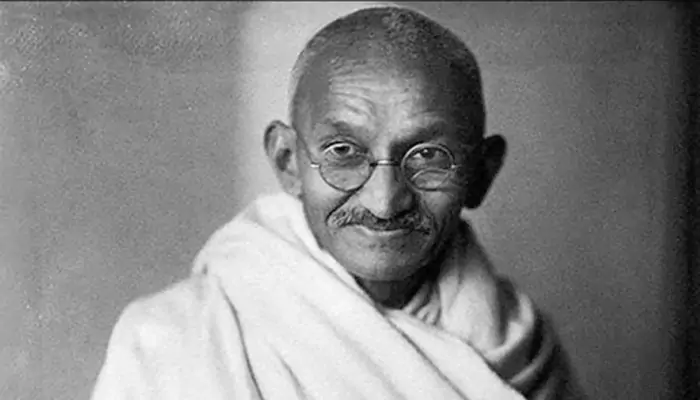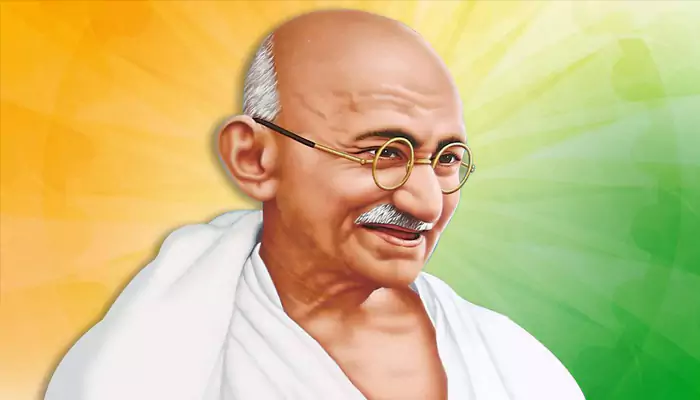
When tradition embraces compassion: Chhath Puja goes vegan.
Chhath Puja, one of India’s most spiritually intense and eco-conscious festivals is known for its deep connection with nature and purity. For generations, devotees have offered thekua, fruits, sugarcane, and milk-based sweets as prasad to Surya Dev (the Sun God).
But in recent years, a quiet yet powerful shift has begun to glow across ghats and balconies alike: Vegan Prasad.
From replacing cow’s milk with almond or coconut milk to baking thekua in jaggery and oil instead of ghee, modern devotees, especially millennials and Gen Z, are giving traditional offerings a compassionate, plant-based makeover.
Is this just a fad or the next step in conscious spirituality? Let’s find out.
Why the Shift to Vegan Offerings?
At first glance, it might seem unconventional to “change” offerings in a ritual as ancient as Chhath. But at its core, Chhath Puja is about purity and respect for nature, not just ritual repetition.

Here’s what’s driving the new trend:
- Compassion Over Consumption
Younger devotees are rethinking rituals through the lens of compassion. By removing animal-derived ingredients like milk or ghee, they align their devotion with non-violence and ethical living, core values of Indian spirituality.
- Environmental Awareness
Traditional dairy production has a large carbon footprint. As climate consciousness grows, many feel that honoring Surya Dev, the source of all life, also means protecting the planet. A vegan prasad becomes both an offering and a statement of sustainability.
- Health Meets Holiness
With increasing lactose intolerance and dietary awareness, devotees are opting for lighter, plant-based versions of traditional sweets. Vegan thekua made with coconut oil and jaggery tastes just as delicious and feels guilt-free!
The Vegan Makeover: Chhath Staples Reimagined
You might wonder, what does a vegan Chhath Puja plate look like? Surprisingly authentic!
Here’s how traditional dishes are being thoughtfully adapted:
Vegan Thekua:
Traditionally made with wheat flour, jaggery, and ghee, this is now being fried in coconut or mustard oil. It retains the same crunchy texture and caramel flavor.
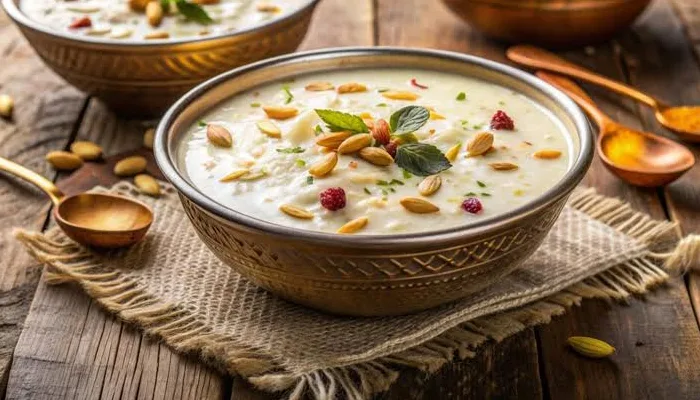
Plant-Based Kheer:
Instead of cow’s milk, devotees use almond, oat, or coconut milk, simmered with rice and jaggery for a creamy, sattvik dessert.
Fruit Offerings:
Bananas, sugarcane, apples, and sweet lime remain staples, naturally vegan and symbolic of abundance.
Eco-Friendly Diyas:
Many are choosing clay diyas with plant-based oils over paraffin candles, keeping the ritual green and traditional.
In short, devotees are showing that faith doesn’t have to conflict with sustainability, it can evolve with it.
From Patna to Delhi, devotees are speaking out about this change. Social media, too, has become a vibrant platform for sharing vegan prasad recipes, eco-friendly rituals, and sustainable décor, making this once-niche choice a wider movement.

Does Vegan Mean Less Devout? Not at All!
Some traditionalists initially questioned if vegan offerings would be “accepted” by the gods. But spiritual scholars point out that intention matters more than ingredients.
If your offering comes from a place of sincerity, purity, and awareness, it is as divine as ever. In fact, choosing vegan prasad aligns beautifully with the Ahimsa (non-violence) principle rooted in Hindu philosophy.
By reducing harm to animals and the planet, devotees are practicing living dharma, spirituality in action.
The Future of Festive Offerings
What began as an individual choice is slowly turning into a community conversation. Urban devotees are hosting “Green Chhath” gatherings, where everything from prasad to décor follows eco-conscious and vegan values.

Temples, too, are catching on, some have started offering vegan sweets to devotees and replacing plastic offerings with biodegradable thalis.
It’s a small but significant step toward making India’s most spiritual festival also one of its most sustainable.
The beauty of Indian festivals lies in their ability to evolve without losing essence. The rise of vegan prasad doesn’t erase tradition, it renews it with empathy and mindfulness.
So this Chhath Puja, whether you’re preparing thekua the traditional way or with coconut oil, remember, it’s the devotion in your heart, not the dairy in your dish, that reaches Surya Dev.

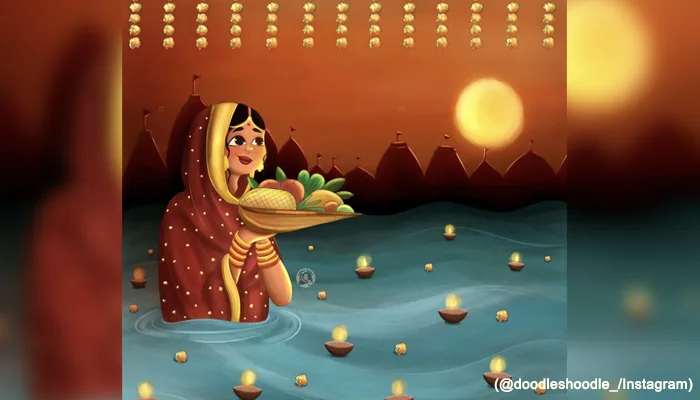

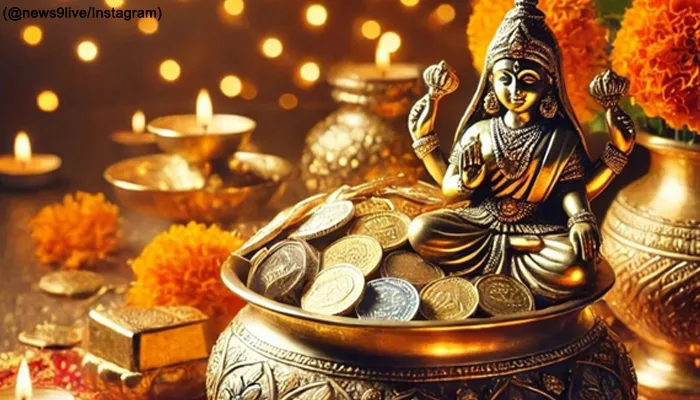
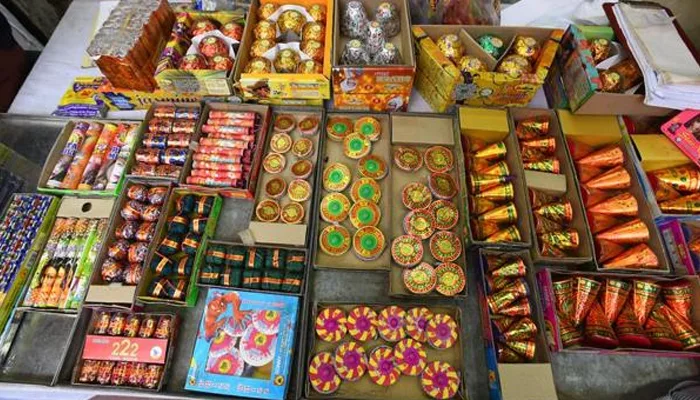
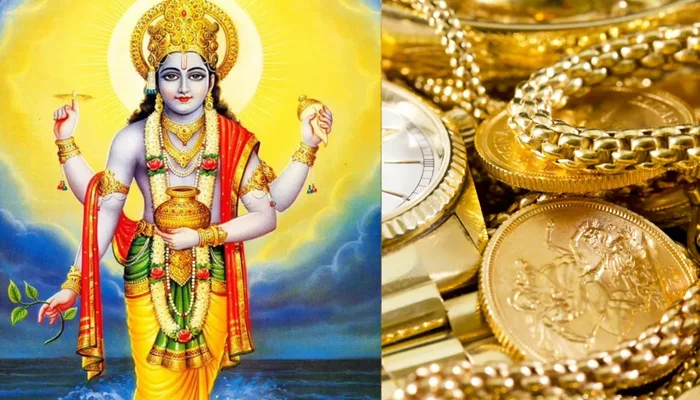
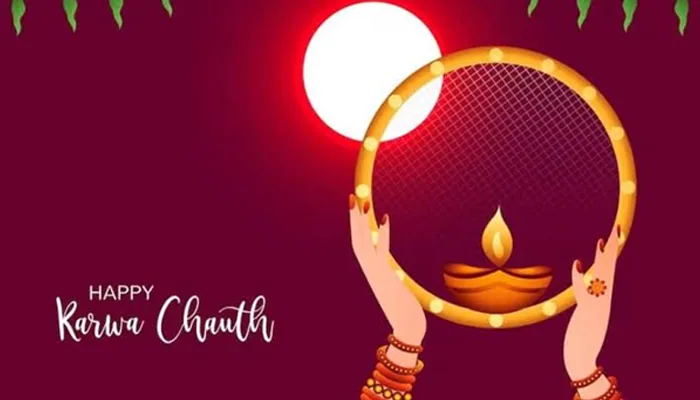

.webp)

